Elisa Adamson-C19-Tamar news . July 22 2021
In the past, nutrition experts were wrong about nuts because of their relatively high fat content, but now we know that the fats in nuts are mainly unsaturated fats, which are good for the heart. In addition, nuts are rich in fibre and contain a good dose of protein, which provides essential nutrients and helps us feel full. But while all nuts have health benefits, not all nuts are created equal. Read on to find out the facts about some of the most popular nut varieties. And remember: Nuts lose some of their nutritional value when sprinkled with salt.
5.ALMONDS
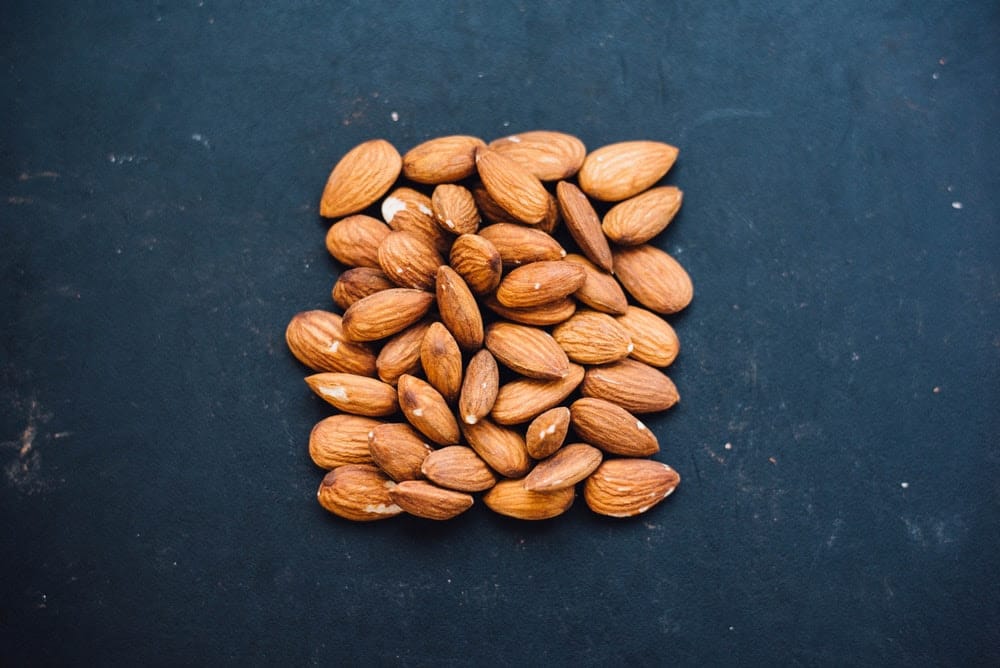
Technically a seed, almonds are a good source of vitamin E, magnesium and manganese, among other nutrients. They also have more calcium than any other tree nut.
VITAL STATS: Each one-ounce serving has 163 calories, 6 grams of protein, 3.5 grams of fiber and 14 grams of fat (3.4 grams polyunsaturated, 8.8 grams monounsaturated).
SURPRISING FACT: Almonds may provide 20 percent fewer calories than currently believed—our bodies can’t absorb all of the fat in them by the time they’re digested, according to a study in the American Journal of Clinical Nutrition.
TRY THEM: Pulse in a food processor until they become almond meal; use as a breading for chicken cutlets or fish, or as a protein-rich addition to baked goods.
4.CASHEWS
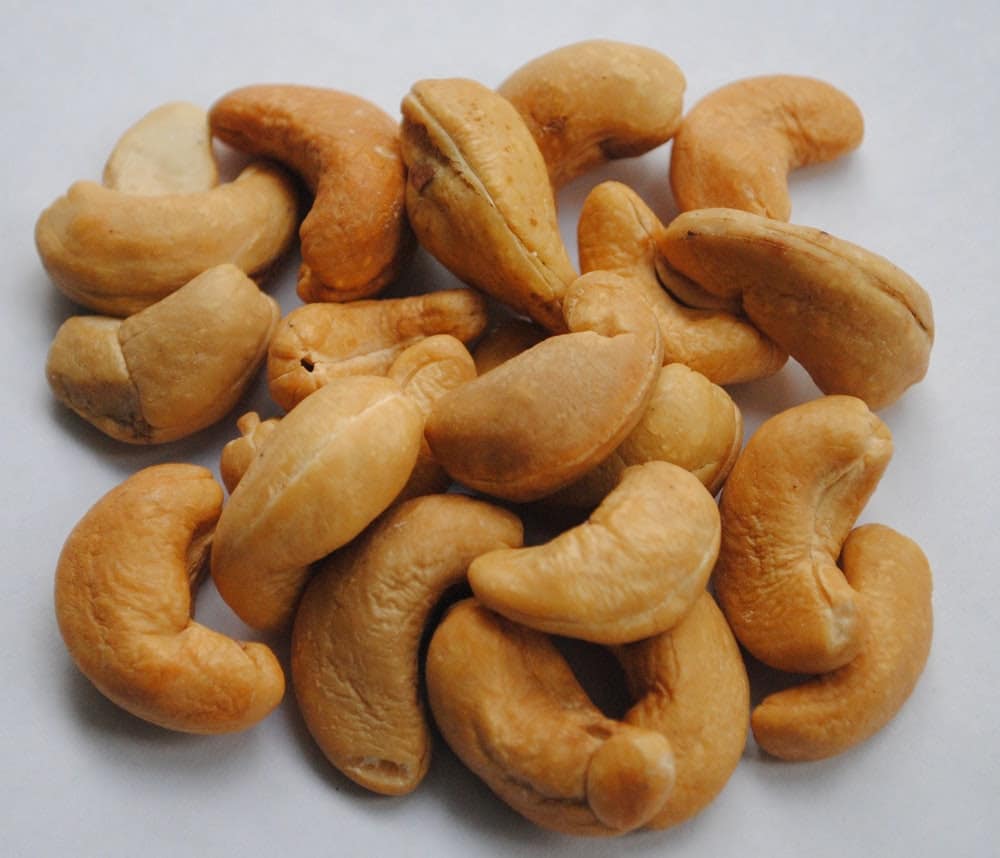
These nuts are technically the seed of the cashew apple, which is the fruit of the cashew tree. They’re a good source of oleic acid, a heart-healthy compound that is abundant in avocados and olive oil.
VITAL STATS: Each one-ounce serving has 163 calories, 4 grams of protein, 1 gram of fiber and 13 grams fat (2.2 grams polyunsaturated, 7.7 grams monounsaturated).
SURPRISING FACT: Cashews are an excellent source of the mineral copper, which is important for energy production and iron metabolism.
TRY THEM: Toss a handful in an Asian-inspired veggie stir fry, like our Cashew Chicken Stir-Fry, and serve over brown rice for an easy meal.
3.PEANUTS
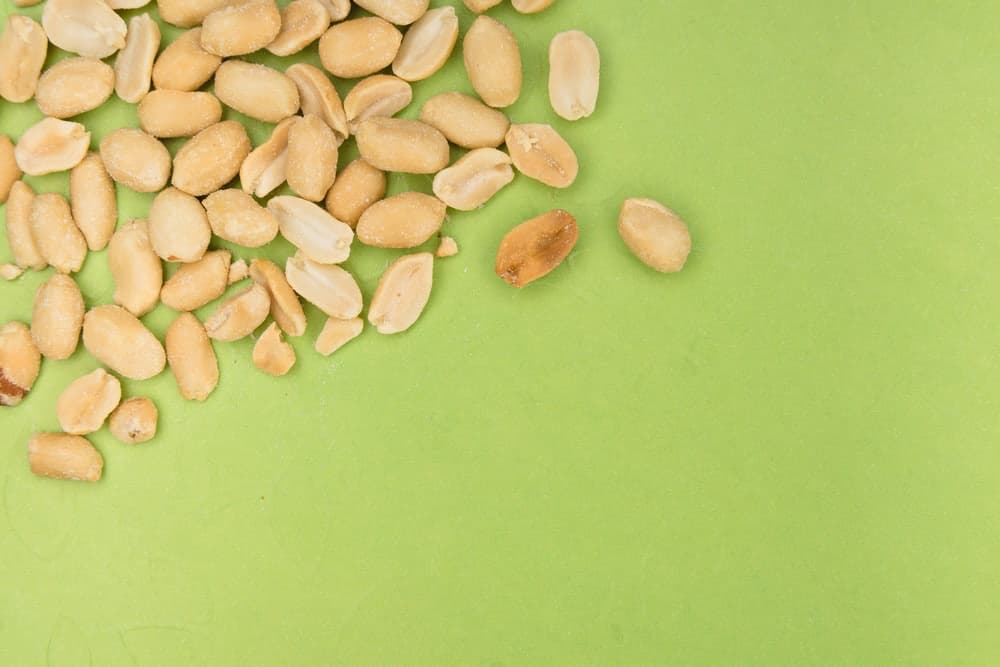
While peanuts are technically part of the legume family, nutritionally they’re comparable to nuts and are generally grouped in this category. Eating them will give you a dose of heart-healthy nutrients folate, niacin and vitamin E.
VITAL STATS: Each one-ounce serving has 161 calories, 7 grams of protein, 2 grams of fiber and 14 grams of fat (4.4 grams polyunsaturated, 6.9 grams monounsaturated).
SURPRISING FACT: Peanuts are a great source of healthy fats and are also antioxidant-rich. Roasting peanuts helps to increase their overall antioxidant level.
TRY THEM: Snack on natural peanut butter with an apple or banana for a fantastically filling snack.
2.PISTACHIOS
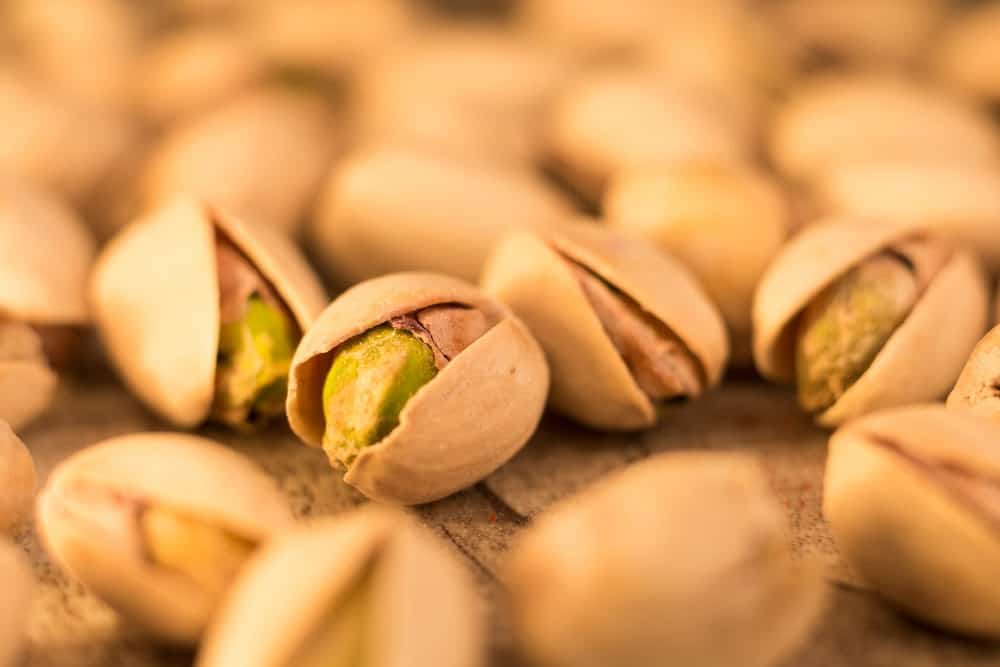
Talk about bangs for your snack: You’ll get 49 pistachios in a one-ounce serving—more nuts than you’ll find in a same-size portion of other options. They also pack 20 percent of your recommended dietary allowance for vitamin B6,which helps the body convert food into fuel.
VITAL STATS: Each one-ounce serving has 159 calories, 6 grams of protein, 3 grams of fiber and 13 grams of fat (3.8 grams polyunsaturated, 6.8 grams monounsaturated).
SURPRISING FACT: Removing pistachio shells can cause you to consume 22 percent less, yet feel as satisfied as if you’d eaten more, according to research published in the journal Appetite. Here’s why: If you eat unshelled pistachios, you can toss back a few handfuls in no time; the act of removing the shells slows you down so you have a chance to feel satisfied before eating too many.
TRY THEM: Toss them into a green salad with diced mango.
1.WALNUTS
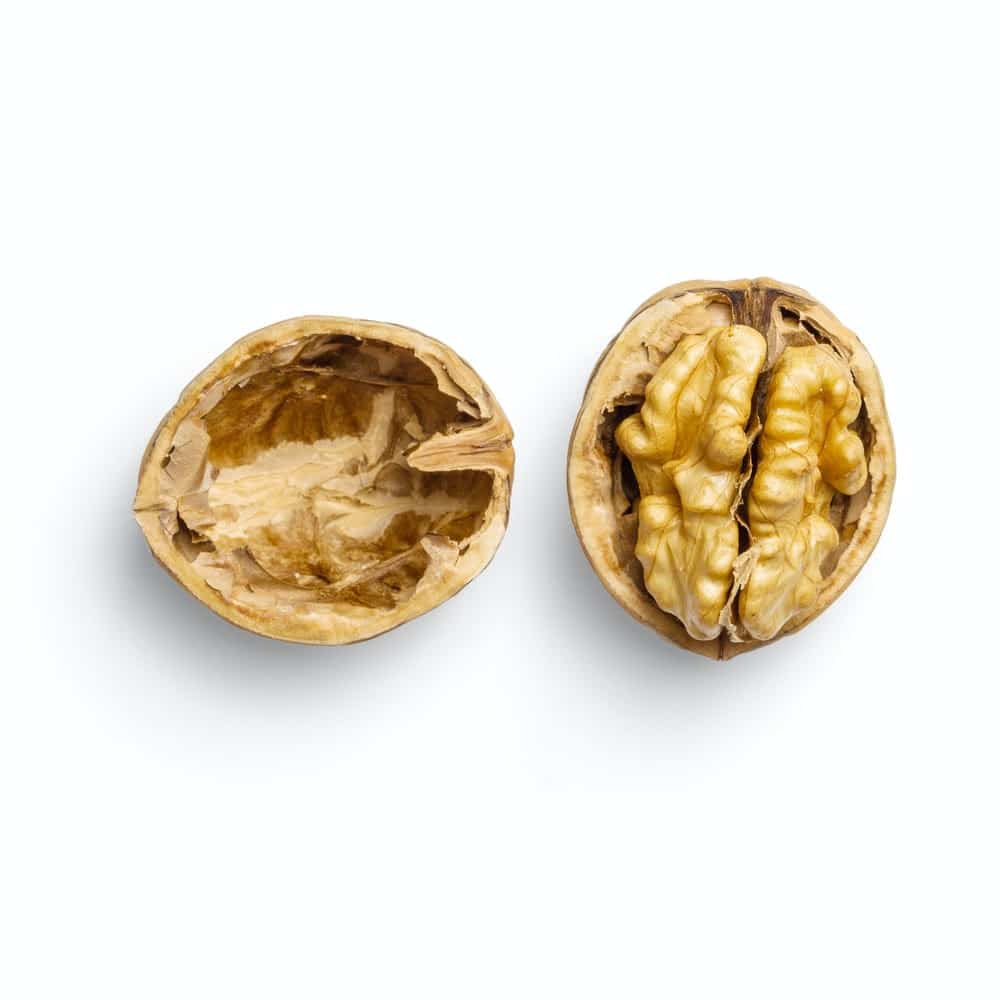
Packed with disease-fighting antioxidants
VITAL STATS: Each one-ounce serving has 190 calories, 4 grams protein, 2 grams fiber, 18 grams fat (13 grams polyunsaturated, 2.5 grams monounsaturated).
SURPRISING FACT: Walnuts are a rare vegetarian source of alpha-linolenic acid, the plant-based source of heart- and brain-boosting omega-3 fatty acids.
TRY THEM: Use walnuts in place of pine nuts in your favorite pesto recipe—you’ll add more antioxidants, fiber and healthy fats.


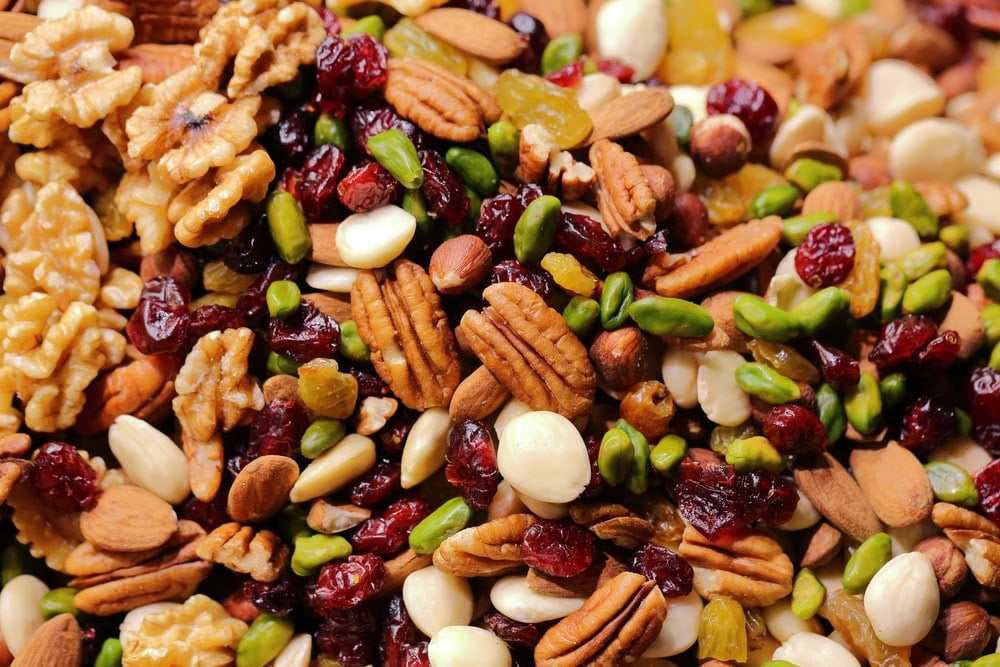
Comment here